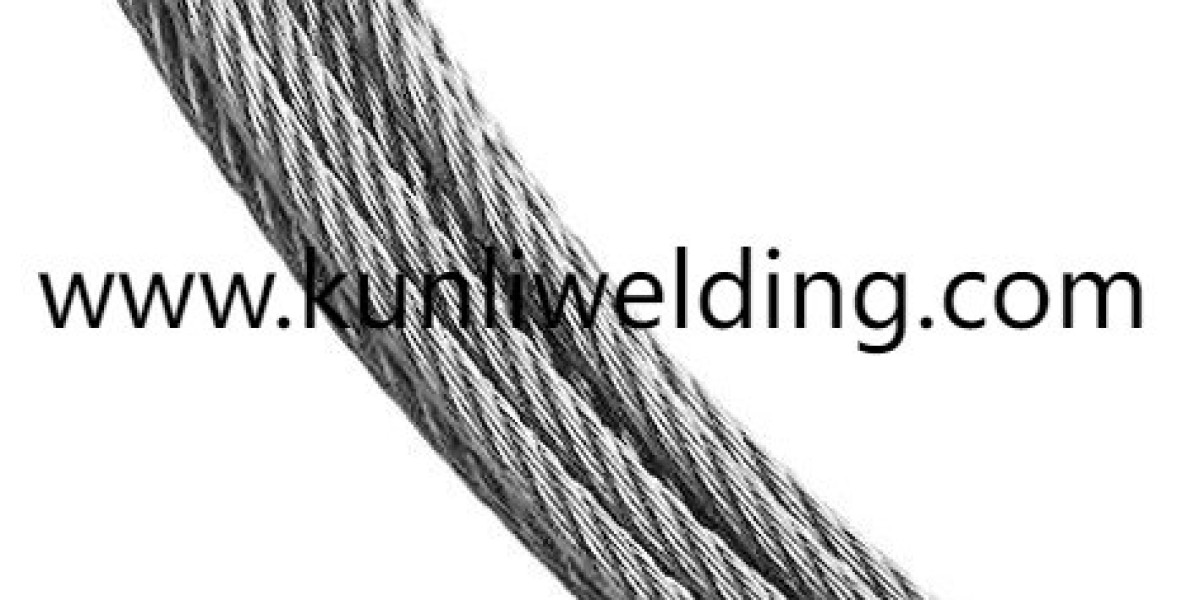Good workshop habits preserve material performance and save time, and Aluminum Alloy Welding Wire Suppliers often remind fabricators that storage and handling are the first line of defense against feed problems and weld defects. With supply chains tightening and production schedules under pressure, treating spools as a precision item rather than disposable stock reduces waste and keeps welding cells running smoothly.
Begin with packaging and sealed storage. Keep spools in their original sealed wrap until the moment of use and store them in a dry cabinet away from corrosive fumes. Avoid stacking heavy items on top of boxes and do not place spools on bare concrete floors where moisture can migrate into the core. A simple shelf system that separates wire types prevents cross contamination and speeds retrieval for specific jobs.
Transport with care matters too. When moving spools from storage to the welding station use a clean tray or dedicated cart so grit and oil do not transfer to the feed lips or liner. Avoid dragging coils across dirty surfaces and do not allow handling with bare hands if oil or grease are present. If spools must go to field sites, pack them in sealed cases and keep them upright to prevent loose wire ends from slipping into liners or into the drive rolls.
Control humidity exposure. Aluminum wire may pick up moisture that leads to porosity or to feed problems during long runs. Use desiccant packs in sealed storage boxes and consider inexpensive humidity gauges for rooms where many spools are kept. In high humidity locations use dry boxes that maintain low moisture levels and keep a routine of opening boxes only at the workstation to minimize the time wire is exposed.
Maintain a clean feed path. Inspect liners routinely for flattened sections or grit and replace them when wear appears. Worn liners increase drag and cause feeding irregularities that show as burn back or bird nesting. Keep contact tips and drive rolls free of spatter and debris. A quick wipe of the feed path at the start of a shift prevents build up that otherwise compromises arc stability when production heats up.
Match spool forms to equipment. Choose spool diameters and mounting fittings that fit the feeder and avoid makeshift adapters that add friction. If the shop runs multiple feeders document preferred spool forms for each machine so operators do not improvise. Standardizing spool types simplifies inventory and lowers the chance of feed issues caused by mismatched spool geometry.
Implement handling protocols across shifts. A short checklist at each station that includes spool seal check liner inspection and contact tip condition helps catch problems early. Train staff to trim wire ends cleanly and to avoid re spooling by hand which twists and kinks the wire. Small habits such as verifying spool rotation direction before feeding cut minutes of troubleshooting when a run starts.
Rotate inventory and use first in first out. Older coils should be used before newer ones to prevent long term storage degradation. Label spools with receipt date and intended alloy so teams can select the correct wire quickly. For specialty alloys keep a reserved area so critical spools are not used for routine work by mistake.
Address contamination risk proactively. Keep oils and solvents away from storage areas and separate finishing supplies from welding consumables. If a spool becomes contaminated at any point, trim back to clean wire before feeding and perform a short trial weld on scrap to validate arc behavior. That step avoids committing suspect material to a critical joint.
Document and coordinate with suppliers. When buying wire ask about packaging practices and preferred storage recommendations. Suppliers that publish handling notes and that offer sealed spool options help workshops adopt good habits from the start and reduce the need for corrective runs. Communicate expected feeder types and common joint profiles so packaging and spool choices align with daily use.
Good storage and handling protect weld quality and reduce downtime by preventing feed related failures and porosity. Treat wire as a precision consumable and make small investments in storage and handling routines that pay back in fewer stoppages and cleaner welds. For product formats handling guidance and packaging notes that support these practices consult the manufacturer product pages at www.kunliwelding.com which include recommended spool options and storage advice for common wire types.








